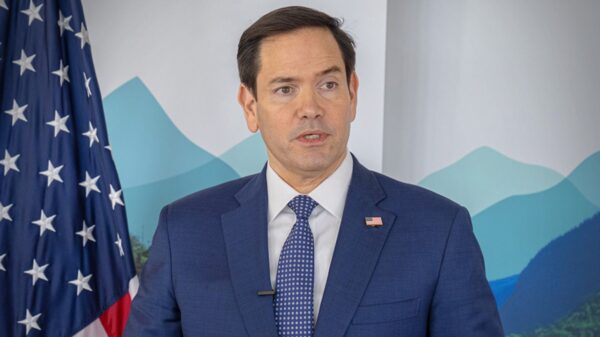California’s “Infrastructure Decade” Continues with $5 Billion Investment
California’s ambitious “infrastructure decade” initiative continues to make strides as Governor Gavin Newsom announced over $5 billion invested this week alone in transit, rail, and roadway projects. This latest funding allocation underscores the state’s commitment to modernizing its infrastructure and enhancing its resilience to climate change. The projects aim to improve daily life for millions of Californians while ensuring that critical infrastructure can withstand the challenges posed by increasingly severe weather and environmental shifts.
Focus on Sustainable Transit and Rail Projects
A significant portion of this new investment is directed at public transit and rail projects, reinforcing California’s effort to reduce greenhouse gas emissions and traffic congestion. The allocation includes funds for expanding transit systems, updating rail networks, and building infrastructure that encourages sustainable modes of transportation. Improvements to rail corridors and city transit systems will provide Californians with more eco-friendly commuting options and help the state meet its ambitious zero-emissions targets.
Transportation Secretary Toks Omishakin noted that these investments align with California’s goals of developing a greener and more equitable transportation system. Such projects are seen as essential for reducing the carbon footprint of the state’s bustling urban areas and promoting a cleaner, healthier environment.
Enhancing Roadway Resilience and Safety
The $5 billion investment also includes significant funding for roadway and highway projects designed to increase safety and resilience. This part of the plan focuses on reinforcing key infrastructure such as bridges and overpasses, upgrading road surfaces, and implementing new technologies that improve traffic management. By prioritizing upgrades that help infrastructure withstand extreme weather events—such as flooding and heatwaves—the state aims to reduce vulnerabilities and prevent disruptions caused by climate change.
Projects like these are critical not just for safety but also for maintaining the efficiency of California’s extensive transportation network, which is vital for both residents and commerce. Enhanced infrastructure helps prevent costly damage and long-term service interruptions, contributing to economic stability.
Climate Resilience as a Core Priority
The focus on climate resilience is a defining feature of California’s infrastructure decade. This multi-year, multi-billion-dollar commitment reflects the growing need to integrate climate-conscious strategies into public projects. By modernizing infrastructure with climate challenges in mind, the state positions itself to better cope with future environmental pressures. The push includes the construction of bike paths, pedestrian-friendly walkways, and sustainable urban development that reduces reliance on fossil fuels and supports public health.
Governor Newsom emphasized that these investments are part of broader efforts that include partnerships with federal agencies, made possible by historic funding from the Biden-Harris administration. These partnerships enhance California’s ability to launch transformative projects that blend environmental sustainability with practical, everyday benefits for residents.
Economic Growth and Job Creation
Another significant aspect of this week’s $5 billion investment is its potential impact on job creation and economic growth. Large-scale infrastructure projects are known to stimulate local economies by creating construction, engineering, and project management jobs. Additionally, these projects often involve local suppliers and businesses, further boosting economic activity. Governor Newsom’s administration has highlighted this dual benefit, noting that while the primary goal is infrastructure improvement, the economic advantages are essential for communities across the state.
Conclusion: Building a Future-Ready California
California’s continued infrastructure investments represent a forward-thinking approach to public works, focusing on sustainability, resilience, and economic growth. This week’s $5 billion allocation for transit, rail, and roadway projects marks another step in the state’s ambitious plan to secure a future where infrastructure is both modern and capable of withstanding the impacts of climate change. As California builds upon its “infrastructure decade,” the state aims to set an example for comprehensive, climate-resilient development that other regions can emulate.




































